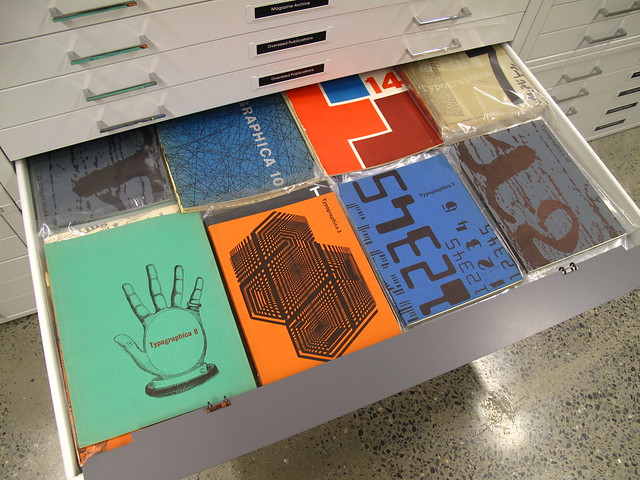First graphic design certification system in the world., based on their long history with apprenticeships and practical knowledge. Their membership is divided into: Member, Special, Junior and Senior categories. Each of them requires formal studies and/or years of working experience to varying degrees.
As stated in the RGD Ontario site: “Registered Graphic Designers are committed professional members of the Association who understand the importance of a strong voice to advance the practice of graphic design and enhance awareness of the important role and value that design brings to business, society and culture” Becoming RGD- certified requires a design education, years of work experience, a portfolio review and passing a written test. Furthermore, certified members are held to strict Ethical Guidelines and industry practices.
The Design Institute of Australia unifies designers from a variety of fields. Membership ranges from Professional to Business and Student. The unique DIA certification is based on a flexible yet reliable Point System that serves to strengthen the design profession as a whole, while being tailored for the vast diversity of specialized disciplines and activities. The DIA’s mission is to improve the status of its members, their recognition and influence in the community, and their professional wellbeing, by setting minimum standards of ability that a Member must possess and the professional behavior a member must adhere to.
UK (CSD)
The Chartered Society of Designers is responsible for ruling and safeguarding the design profession in the United Kingdom. Their criteria is based on intangible principles like: experience, creativity and professional contribution. Their unique CSD Course Endorsement Programme evaluates educational institutions and courses, awarding accreditation only to the successful programs. The programme is built to benefit students, institutions and the industry. As stated in their official site: “membership of CSD is proof that a designer operates to the highest professional standards…”
Grafill’s membership is based on the combination of education and work requirements and serves designers from a variety of disciplines and specialties. They state that “in a market where it is a free for anyone to call himself an illustrator or designer, there is a need to demonstrate that there is a difference in the service that an experienced practitioner can offer. There has also emerged a number of educational programs of varying quality in the fields. The consequence is that it becomes increasingly difficult for clients to navigate, not to mention be able to make safe choices. AMG is tangible evidence of quality.” Going a step further, becoming an Authorized Member Graphic or AMG required the completion of a 2-day continuing education conference that deals with the latest business practices, legal and ethical guidelines.
Danish Designers is Denmark’s professional body for design. Education ad work experience are at the core of the DD membership. Their commitment is further presented in their DD Manifesto, where they claim that “Design can be discussed and measured on a variety of scales. One approach is focusing on the economical value good design adds. We, however, would rather see a more balanced approach where concerns for the bottom line, the user and society at large are balanced; Design for People, Design for Profit and Design for Planet.”











